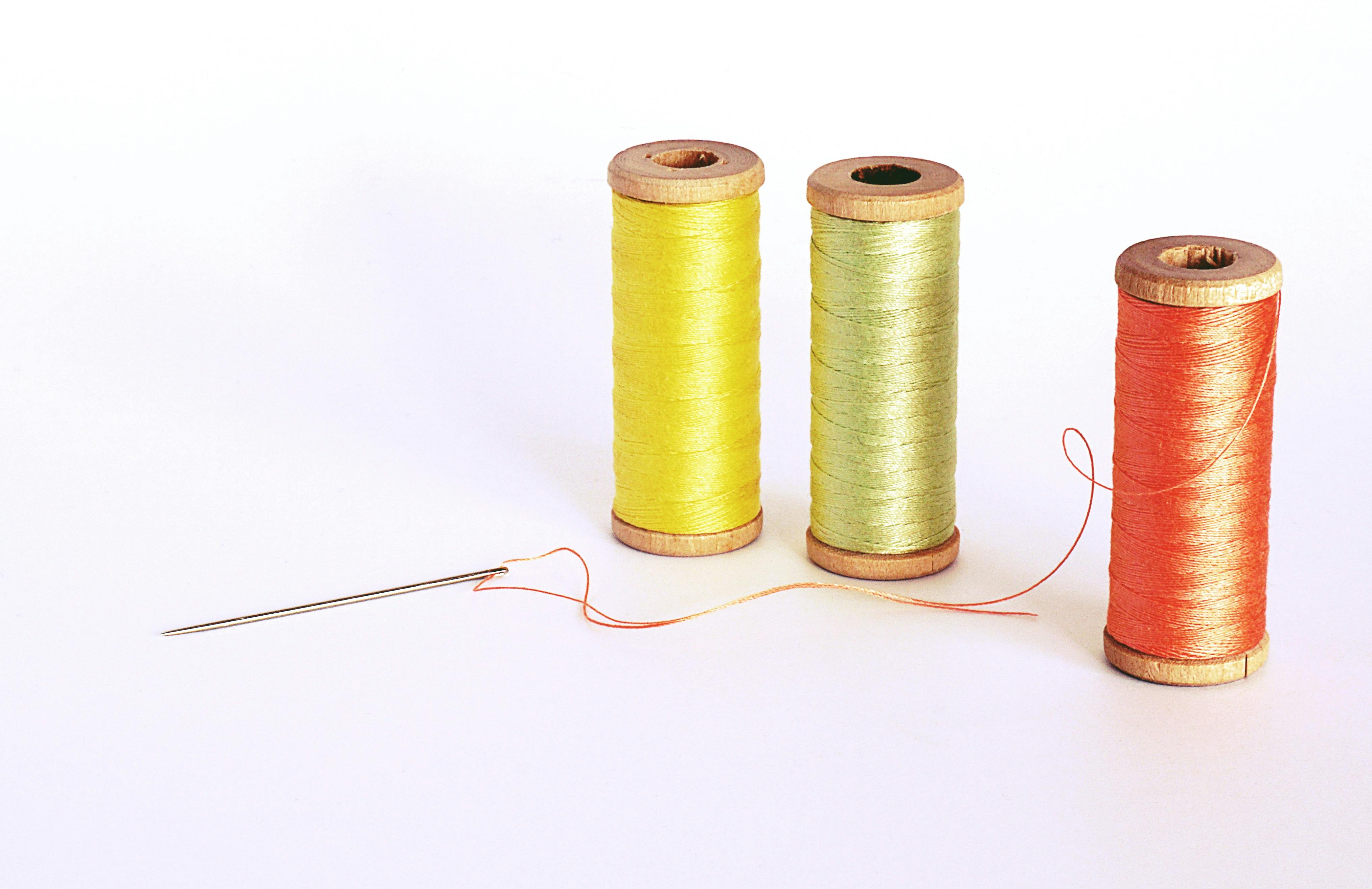Those tasty trout
California has some wonderful places with many streams that flow through the mountains and regularly stock up on fish. Trout prefer cold, clean water with a high oxygen content. They are commonly found in mountain streams and in unpolluted rivers. Although you may find German brown here in Southern California, I must admit I haven’t seen the Cutthroat trout in our neck of the woods. Rainbow trout They are the main warehouses in California. California golden trout It is a native fish that lives in high mountain lakes and streams.
Trout have two dorsal fins, a straight tail, and a body spotted with scales. Its color varies depending on the environment: River trout they are brighter in color than those that live in a lake. brown trout, for example, show a variation in markings and undertone.
Trout are very agile fish, capable of swimming at speeds between 6 and 12 mph and are the fastest swimmers among freshwater fish. Trout are most active when the water temperature is between 41 and 50 degrees. If the temperature rises above this level, the trout become inactive. I remember once I saw a medium-sized fish go by so fast that I was surprised by its speed within all that space.
Trout prefer to live alone and defend their territory. They feed on quiet minnows, insects, and larvae. I have also seen them devour smaller or less agile trout. Small insects that fly near the surface of the water are also frequently eaten. When trout eat insects in this way, they are said to be “on the rise” and if you look closely you can see them doing this in the river.
The spawning season is at the beginning of winter. At this time, the trout are looking for cooler stretches of water with higher oxygen content. Each female comes out to lay her eggs, followed by several males; makes sense. Egg laying takes place at night and the eggs are not all laid in one batch; instead, they are placed in small quantities at different locations. It is surprising for a trout that weighs just over 2 pounds. You can lay 2000 eggs this way and then the males come and fertilize them.
The incubation period is quite long and depends on the water temperature, taking several months in cold waters. Fingerlings are 1/2 to 1 inch long when hatched. Small trout feed on plankton and grow at a very slow rate of about 1/2 inch per month. In mountain lakes, some specimens can live up to 5 years, eventually reaching a length of 3 feet and a weight of 33 pounds.
The farms raise rainbow trout because of its rapid growth. They reach a weight of 1 1/2 lbs. At two years of age and are later suitable for sale. One of the most interesting places I have visited is the Mt. Whitney Fish Hatchery. I also heard about a fish farm in Russia, but have never been.
In fast streams, trout take refuge in deep wells behind rocks. They have to move quickly to catch fast-moving food. Our son is a great fly fisherman, and he uses the roll cast to prevent the fly from getting tangled in vegetation. I use electric bait, sometimes I use salmon eggs, and I just cast the side of the slow moving river bank. I have always liked to fish, either fresh or in the sea.
Please note that some locations are catch and release and of course having a fishing license is essential. In general, reaching your limit and being outdoors, I would say that trout fishing is a wonderful way to spend the day. With the right reed and spinning wheel, you are all set.
I know you’re wondering if I bait my own hook, touch the fish, clean it myself, cook it, and eat it too. The answer is yes. “Trout are bony but they sure are tasty. More importantly, I think they put up a good fight when they were caught with a hook and line. I would love to hear your fish story, especially about the fish! That escaped!



Recent Comments